
Innovation, Entrepreneurship and Competitiveness
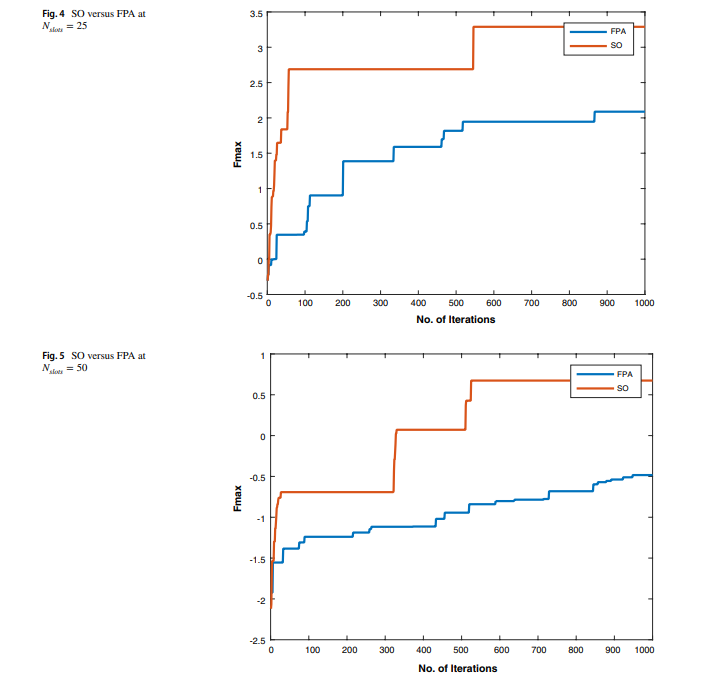
A power-aware task scheduler for energy harvesting-based wearable biomedical systems using snake optimizer
There is an increasing interest in energy harvesting for wearable biomedical devices. This requires power conservation and management to ensure long-term and steady operation. Hence, task scheduling algorithms will be used throughout this work to provide a reliable solution to minimize energy consumption while considering the system operation constraints. This study proposes a novel power-aware task scheduler to manage system operations. For example, we used the scheduler to handle system operations, including heart rate and temperature sensors. Two optimization techniques have been used to
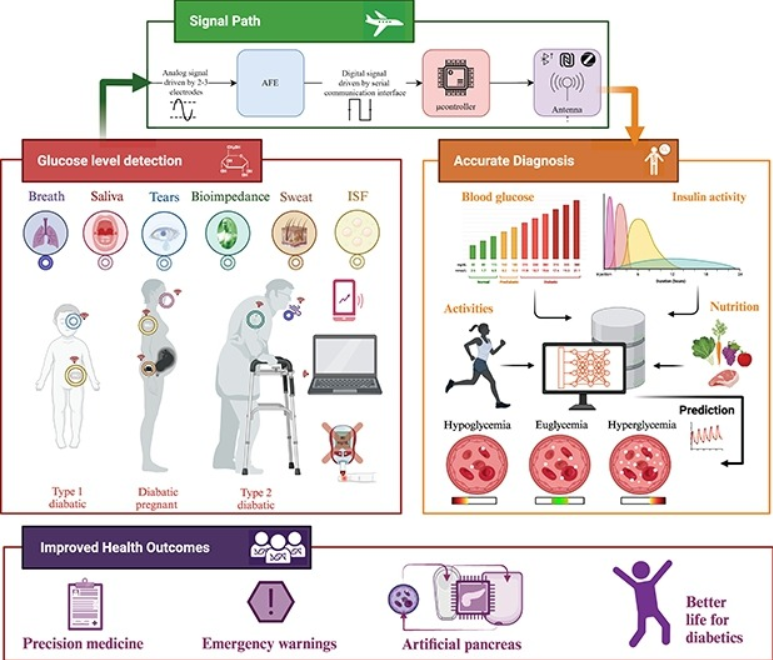
Wearable devices for glucose monitoring: A review of state-of-the-art technologies and emerging trends
Diabetes is a chronic condition that is characterized by high blood glucose levels and can cause damage to multiple organs over time. Continuous monitoring of glucose levels is essential for both diabetic and non-diabetic individuals. There have been major developments in glucose monitoring technology over the past decade, which have been driven by research and industry efforts. Despite these significant advancements, the area of glucose biosensors still faces significant challenges. This paper presents a comprehensive summary of the latest glucose monitoring technologies, including invasive
Integrating Smart Contracts with WDNs Framework for Energy Management and Secure Transactions
The management of energy consumption and payment transactions using a secure, decentralized energy system framework is essential in the water distribution network (WDN). The water energy market, in which energy may be transformed into a digital asset that is potentially monitored, trackable and tradable, might greatly benefit from the deployment of blockchain technology. This is because the blockchain has transaction privacy, decentralization, security, and immutability features. Furthermore, using blockchain smart contracts enables energy market management operations such as consumers
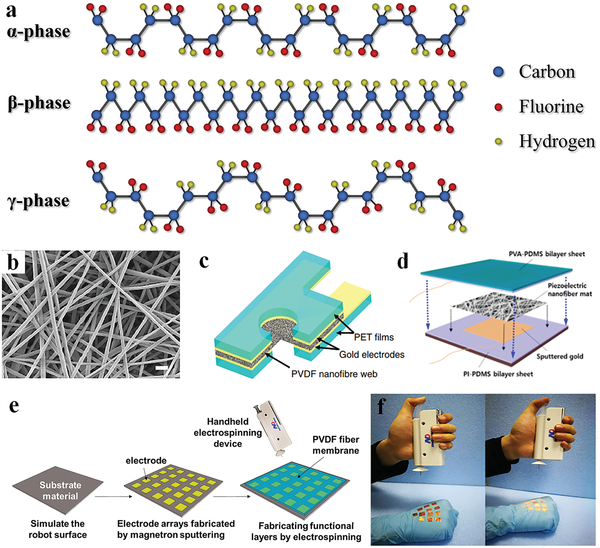
Improvement of piezoresistive pressure sensor using zig-zag shaped and PVDF material
Due to a wide range of applications in the biomedical industry, the need for flexible and wearable sensors is growing every day. A pressure sensor generates a signal based on the applied pressure. Sensors have become an integral component of our daily lives, from personal gadgets to industrial machinery. The identification of the low signal from the body necessitates the use of particularly sensitive sensors. The development of a pressure sensor that can transform the maximum input signal into an electrical output is critical. In this paper, zig-zag piezoresistors on a square diaphragm were
Realistic Wireless Smart-Meter Network Optimization Using Composite RPL Metric
In smart metering applications, transferring and collecting data within delay constraints is crucial. IoT devices are usually resource-constrained and need reliable and energy-efficient routing protocol. Furthermore, meters deployed in lossy networks often lead to packet loss and congestion. In smart grid communication, low latency and low energy consumption are usually the main system targets. Considering these constraints, we propose an enhancement in RPL to ensure link reliability as well as low latency. We refer to the proposed new additive composite metric as Delay-Aware RPL (DA-RPL)
SSHC with One Capacitor for Piezoelectric Energy Harvesting
Piezoelectric vibration energy harvesters have attracted a lot of attention as a way to power self-sustaining electronic systems. Furthermore, as part of the growing Internet of Things (loT) paradigm, the ongoing push for downsizing and higher degrees of integration continues to constitute major drivers for autonomous sensor systems. Two of the most effective interface circuits for piezoelectric energy harvesters are synchronised switch harvesting (SSH) on inductor and synchronous electrical charge extraction; nevertheless, inductors are essential components in both interfaces. This study

Providing a labeled statements dataset to enhance the trans-compilation-based tools
Nowadays Mobile Applications are a necessity as everyone is depending on them in their everyday tasks. We use them for communication, entertainment, and utilities. Every day new devices are introduced to the market. The diversity in these devices resulted in many platforms like Android and iOS. These different mobile platforms used by different companies and manufacturers made it challenging for mobile developersto build an application or a system that can be deployed on different platforms. Developers will be required to go through multiple development cycles to develop the application for
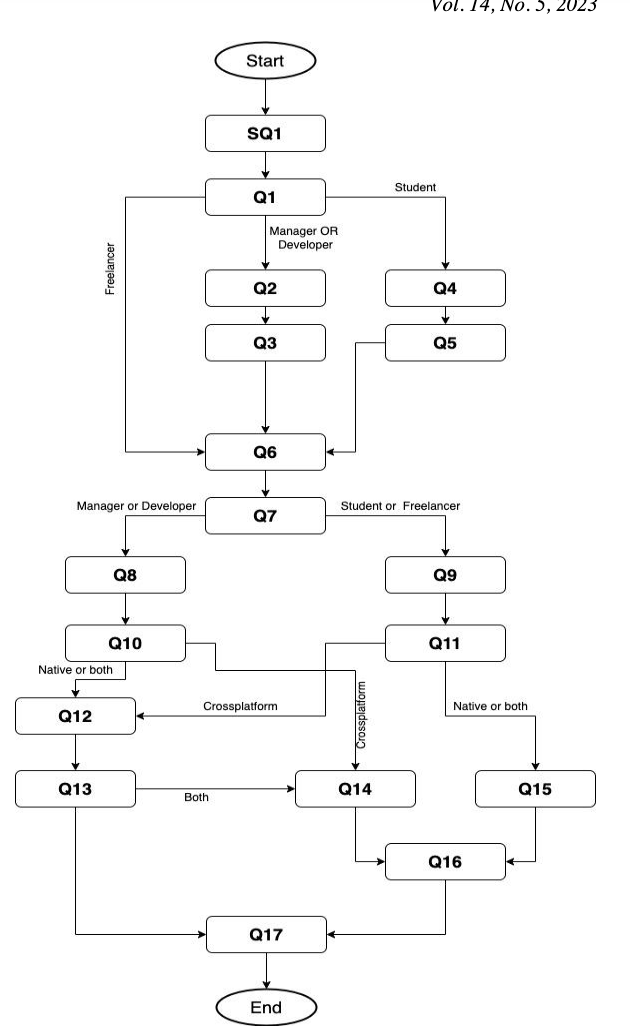
Industrial Practitioner Perspective of Mobile Applications Programming Languages and Systems
The growth of mobile application development industry made it crucial for researchers to study the industry practices of choosing mobile applications programming languages, systems, and tools. With the increased attention of cross-platform mobile applications development from both researchers and industry, this paper aims at answering the question of whether most of the industries are using cross-platform development or native development. The paper collects feedback about industry’s most used mobile development systems. In addition, it provides a map of the different technologies used by
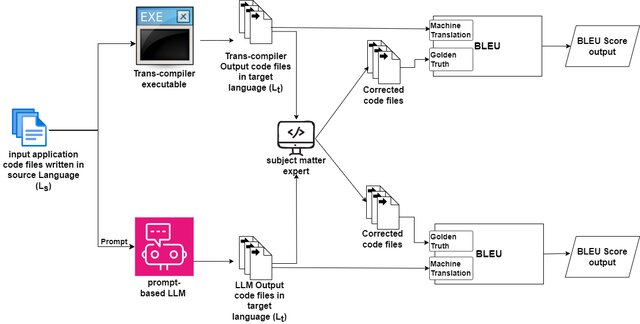
Trans-Compiler-Based Conversion from Cross-Platform Applications to Native Applications
Cross-platform mobile application development is emerging widely in the mobile applications industry. Cross-platform Frameworks (CPFs) like React Native, Flutter, and Xamarin are used by many developing companies. The technology these frameworks use faces performance and resource use efficiency limitations compared to native applications. The native applications are written in the native languages of the platforms. Trans-complier-based conversion between native languages of different platforms of mobile applications has been addressed in recent research. However, the problem statement needed
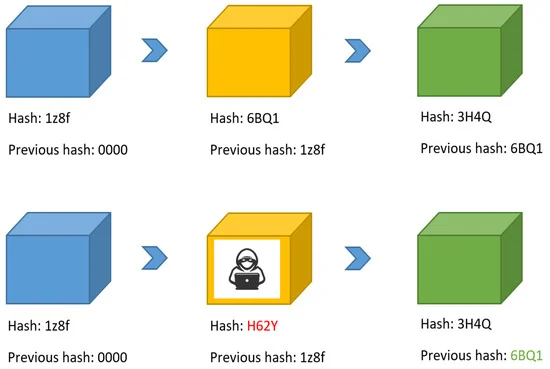
Smart Automotive Diagnostic and Performance Analysis Using Blockchain Technology
The automotive industry currently is seeking to increase remote connectivity to a vehicle, which creates a high demand to implement a secure way of connecting vehicles, as well as verifying and storing their data in a trusted way. Furthermore, much information must be leaked in order to correctly diagnose the vehicle and determine when or how to remotely update it. In this context, we propose a Blockchain-based, fully automated remote vehicle diagnosis system. The proposed system provides a secure and trusted way of storing and verifying vehicle data and analyzing their performance in